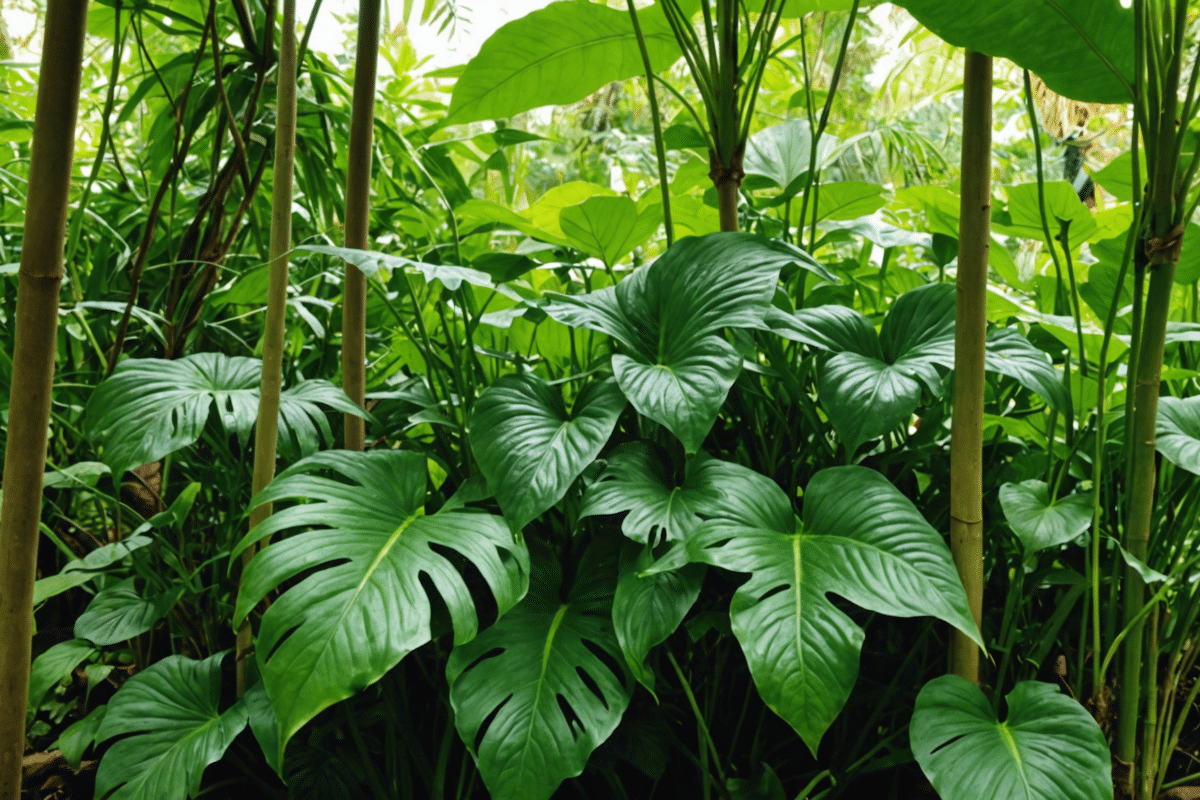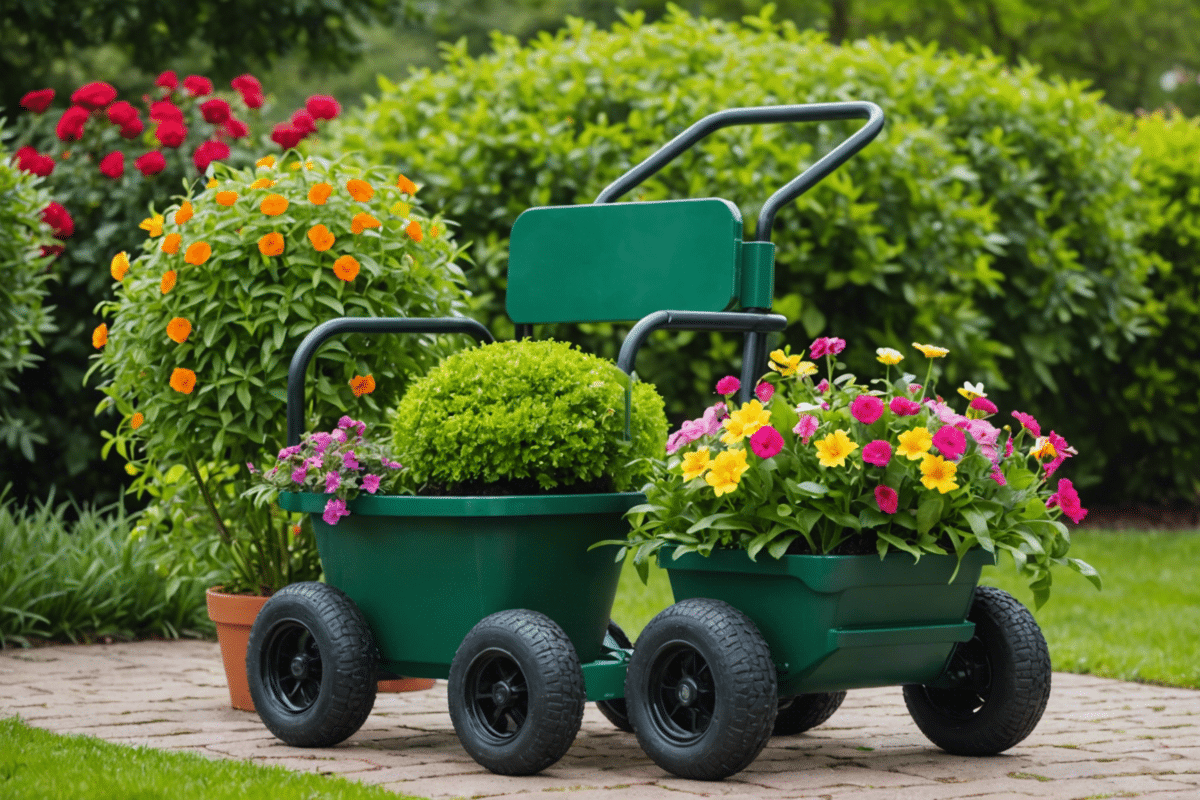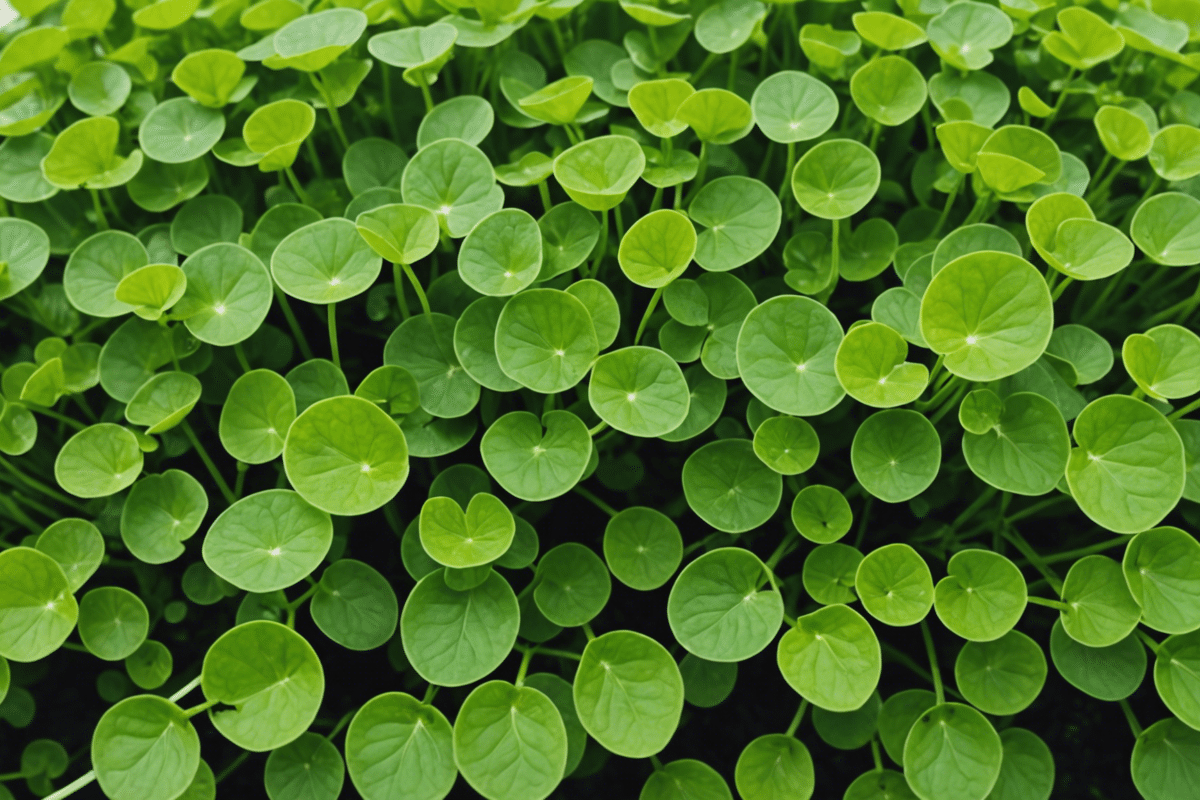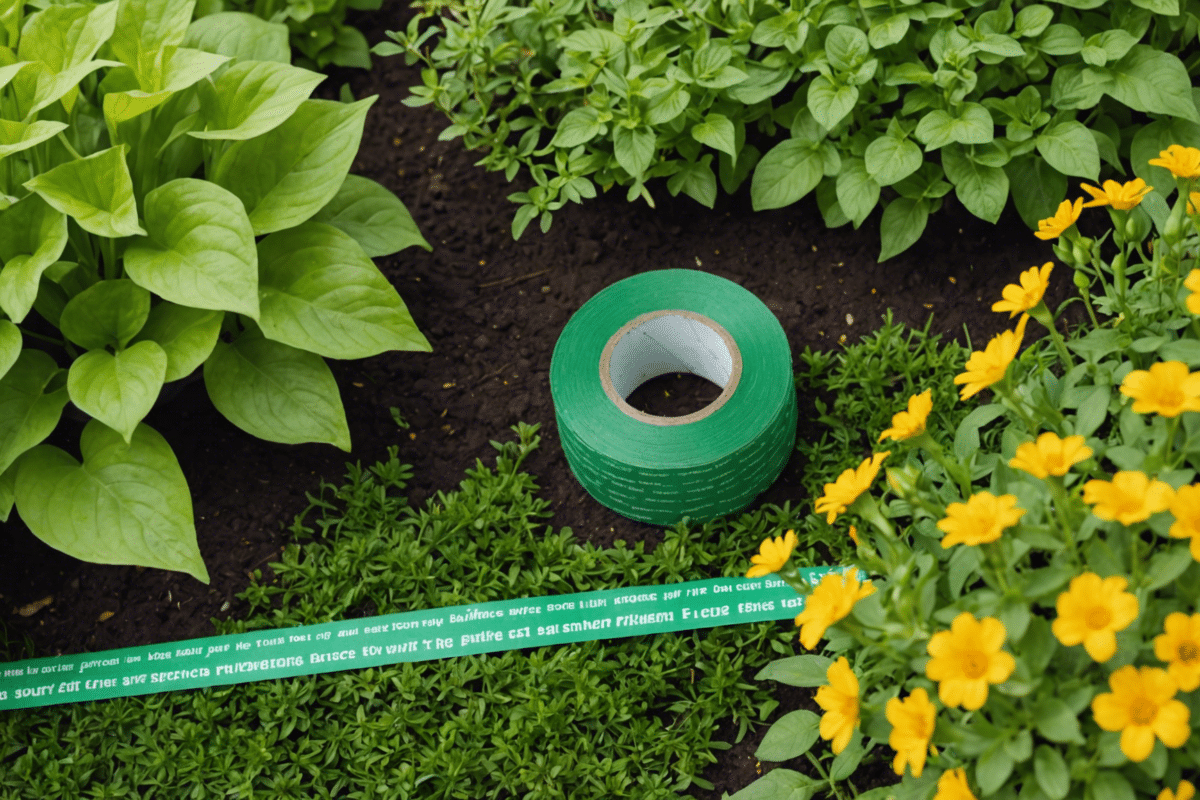Content
Gardening is an ever-evolving art, offering endless opportunities for creativity and innovation. Among the more unconventional techniques catching the eye of avid gardeners is the concept of growing plants with their roots skyward and stems pointing down. Not only does this unconventional approach captivate visual interest, but it also utilizes space efficiently and can even reduce the labor associated with traditional gardening methods.
Innovative Setups for Inverted Flora

Transitioning to an upside-down garden requires a rethinking of conventional planting methods. To get started, one would need strong, secure containers that can be inverted while ensuring the soil and plant stay intact. There are specifically designed upside-down planters available, but for the creative garden enthusiast, repurposing old buckets, plastic containers, or even sturdy bags can be an exciting DIY project. The key is to customize these vessels with proper drainage holes and secure hanging mechanisms.
When considering plants for this method, tomatoes and peppers are renowned for thriving in upside-down gardens. However, the exploratory gardener might also experiment with cucumbers, beans, and even small varieties of squash. These vigorous growers can provide a lush tapestry of greenery cascading gracefully from above.
Maximizing Space with a Vertical Twist
For those with limited garden space, upside-down gardening opens up a new dimension. Vertical space, often underutilized in traditional gardening, becomes prime real estate. This method is a boon for apartment dwellers with small balconies or homeowners with compact yards. By hanging plants, one can create a living curtain of greenery, which not only beautifies the space but can also offer privacy and shade.
Benefits to Plant Health and Maintenance
When plants are grown inverted, several benefits arise. One strong advantage is the reduction in soil-borne diseases, which typically affect plants due to proximity to the ground. An elevated position also means less susceptibility to pests like snails and groundhoppers. Furthermore, this arrangement can lead to an easier harvesting process, as there is no need to bend over or kneel, thus making it a perfect option for individuals with mobility issues.
Integration with Hydroponic Systems
The integration with hydroponic systems takes upside-down gardening to a new level of sophistication. While more complex, a hydroponic setup eliminates the need for soil, instead providing nutrients directly to the roots through water. It can be an affordable and sustainable option over time. The cost upfront might deter some, but for the dedicated gardener interested in innovation, it’s a worthwhile investment.
Creating a Buzz with Pollinators
Any healthy garden ecosystem thrives with the contribution of pollinators. An upside-down garden, particularly one featuring a variety of flowering plants, can become an attractant for beneficial insects like bees and butterflies. This not only aids the productivity of the garden but also supports biodiversity and helps maintain the pollinator population, which is crucial for the environment.
Tips for Upside Down Gardening Success
- Choose the right plants – not all plants are suited for upside-down growing.
- Ensure proper watering – the gravity may cause the water to run through quicker, necessitating a consistent watering schedule.
- Consider weight – heavier plants will need more robust support systems.
- Monitor plant growth – some plants may need guidance or staking as they grow towards the light.
- Fertilize regularly – upside-down plants might require more nutrients as the water runs off more easily.
- Protect against elements – strong winds or harsh weather can be more damaging to hanging plants, so ensure they are well-secured.
For the environmentally aware gardener, this approach can also align with sustainable practices by reusing containers and reducing the need for chemical fertilizers and pesticides. There are plenty of resources for those looking to delve into upside down gardening. Nature does a significant portion of the work in such setups, aligning well with the natural growth patterns of certain plants.
Frequently Asked Questions
Can any plant be grown upside down? Not all plants are suited for upside-down gardening. It’s best to choose plants that have a propensity to grow downwards or those that can adapt well to this approach, such as certain vegetables and herbs.
How often should I water my upside-down plants? Due to gravity, water can run through the soil quickly. It’s important to check your plants daily and establish a consistent watering schedule based on the needs of the specific plants you are growing.
Is an upside-down garden cost-effective? Starting an upside-down garden can be quite cost-effective, especially if you are repurposing materials you already have. Over time, the savings in water usage and reduced need for pest control can also add up.
Are there any specific challenges I might face with an upside-down garden? Wind can be an issue as it might cause the plants to swing and possibly suffer damage. Ensure that your plants are well-secured. Additionally, you’ll need to be vigilant with watering and nutrient supply as these can be more rapidly depleted in an upside-down setting.
In an era where space is at a premium and creativity is flourishing, inverted gardening presents an intriguing method for urban gardeners, traditionalists seeking a twist, and everyone in between. This dynamic gardening technique simultaneously challenges and supports natural plant growth, all while contributing positively to the ecosystem. Whether one hangs tomatoes from the balcony or manages a suspended herb garden in the kitchen, upside-down gardening proves that sometimes looking at the world from a different angle can yield not just aesthetic pleasure, but a bounty of benefits.












